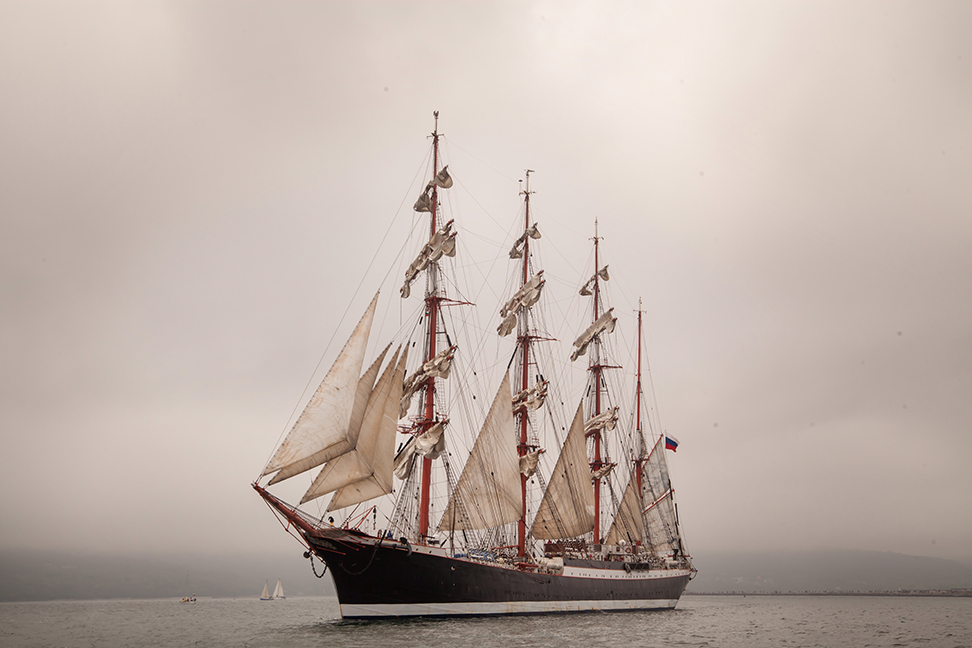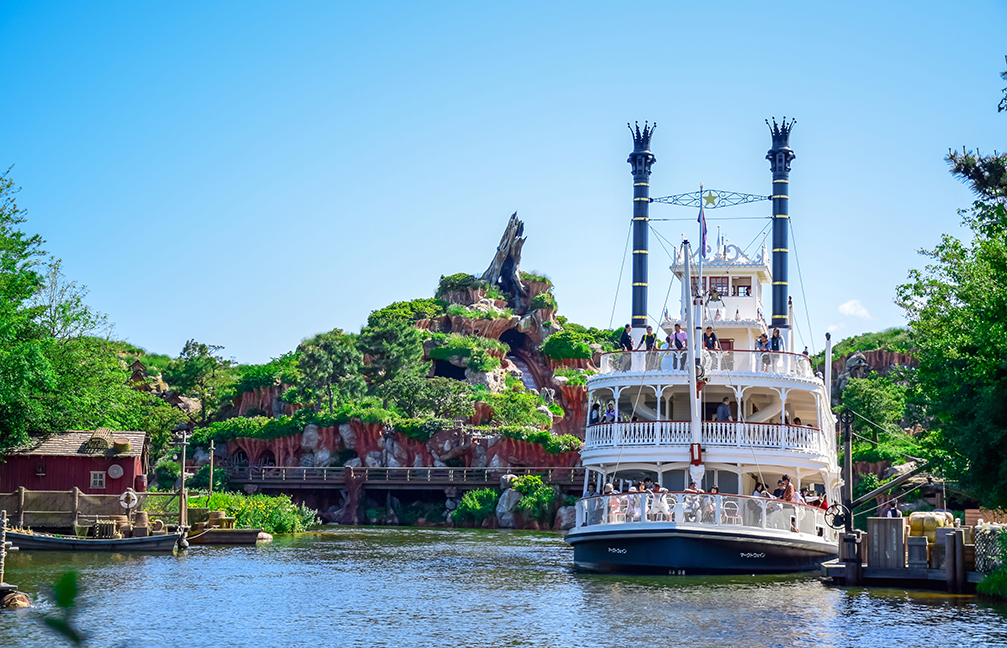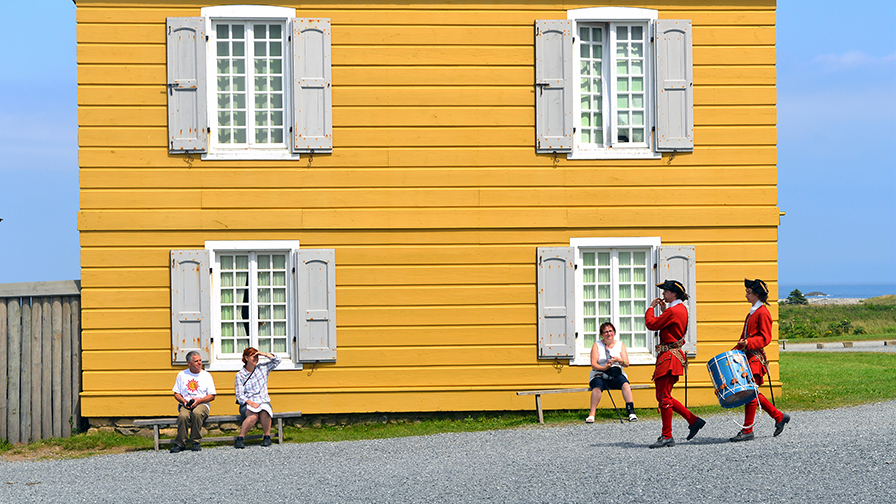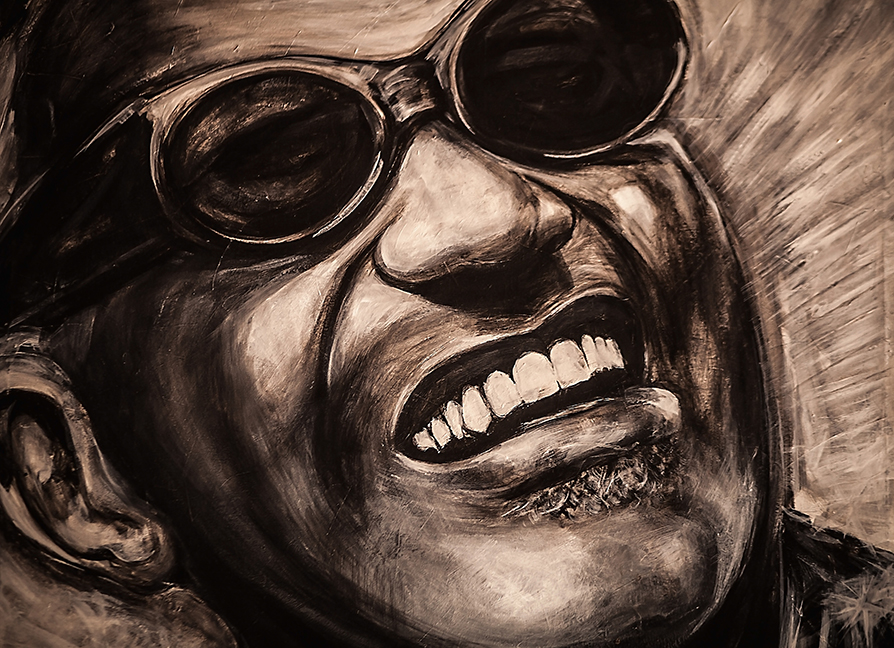A fabled tradition from our seafaring past has all but disappeared from the rituals of men who go to the sea in ships. The era of singing sea shanties, or “songs of the sea,” was commonplace in the days of sailing ships, long before the 16th century. The singing of these sea songs was classified as folk music and was common in both merchant and naval war ships. Shanty, also spelled chanty or chantey, is derived from the French word chanter, meaning to sing.
On ships propelled by sails, singing of shanties helped make the sailors workload lighter and improved their spirits. The songs were not only used as work songs but were also sung for enjoyment and recreation.

“Music was important on board a sailing man of war, and instruments such as fiddles, fifes, and flutes were often played when sailors were off duty,” wrote Angus Konstam in Naval Miscellany. “There are reports of sailors singing on board until ordered to their hammocks at ‘pipe down;’ the men continuing to sing in their darkened berth.”
Sea shanties usually follow a similar form, made up of short verses and lively repetitive choruses. Lyrics were often ad-libbed, improvised and often repeated. The rhythm of a song was often more important than the words. Some songs had a call and response format.
While singing aboard ships was prevalent in the sailing era, dancing was a popular form of recreation and exercise and encouraged a positive spirit and attitude. Many sea captains encouraged the singing of shanties. The men enjoyed singing as it helped raise their spirits while doing hard, strenuous, and dangerous work, like furling sails high on the masts. Many songs were handed down from generation to generation and sung for decades. The British Royal Navy had numerous shanties, among these were: Nancy Dawson, Spanish Ladies, and Drops of Brandy.
Some larger ships carried a band that often played Rule Britannia, Hearts of Oak and Britons Strike Home, plus others. Some of the sea shanties originally sung on merchant ships were also popular on ships of war in the Royal Navy. Konstam wrote, “Music like sea shanties made the work appear easier, whether on board a merchant vessel or a sailing man-of-war.”
“Shanties contribute to the health, morale, rhythm and cohesion to everyday tasks of sailors and fisherman,” from The Shady Island Pirate Society.
Shipboard working songs date from the 15Th century through the days of steamships into the first half of the 20th century. The Golden Age of Shanties was in the mid-19th century.
There are two main kinds of shanties: windlass and capstan are one kind, and forecastle or Halyard, another kind. The latter songs tell of historical events and ballads. The words and rhythms help the men work efficiently.
The famous composer, Ralph Vaughan Williams (1872-1958), arranged three British sea songs based on Princess Royal, Admiral Benbow, and Portsmouth. These sea songs were written for a British military band and make up the second movement of Williams’ great work, The English Folksong Suite.
To commemorate the 50th anniversary of the death of Vaughan Williams, his sea songs were performed in 2008—at the last night of the “Proms”—the annual summer concerts in The Royal Albert Hall in London.
Some other popular sea songs are The Wide Missouri, The Banks of Sacramento, The Rio Grande, Drunken Sailor, Lowlands Away, Blow the Man Down, and What Do You Do with an Insmouth Sailor?
For years, sea shanties have been a vital part of seafaring and the men who toil at the myriad required jobs. The writing of sea songs goes way beyond the age of sailing ships. It is said that when no one was singing and the work was not going well, an officer would say, “Come on men, can’t any of you sing?” In other words, work went better when the sailors sang.
Many of us, at one time or another, have probably sung sea shanties without really knowing what they were or anything about them. All we knew was we enjoyed them, they were fun to sing, and left us with a good feeling.
Although sea shanties are not as prevalent as they used to be, they are still with us. More are being composed and there are even singing groups and societies where they are historically studied and promulgated. They are keeping this genre alive and well for future generations to enjoy.
Please submit your questions and comments to banddirector01@comcast.net. Visit our website at www.danvilleband.org for up-to-date information about the Danville Community Band.










